-

-

-
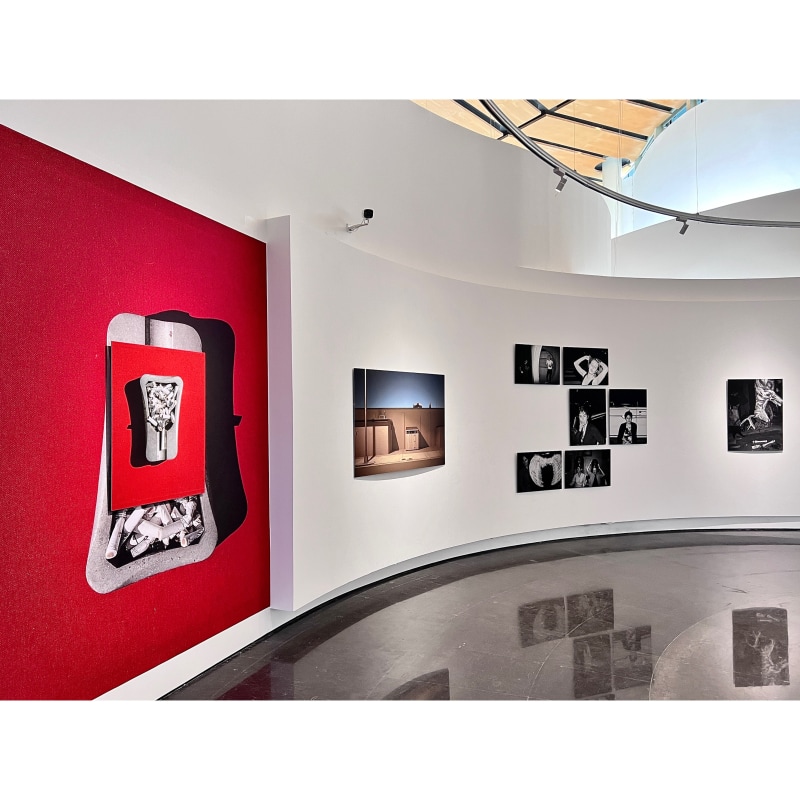
-

-
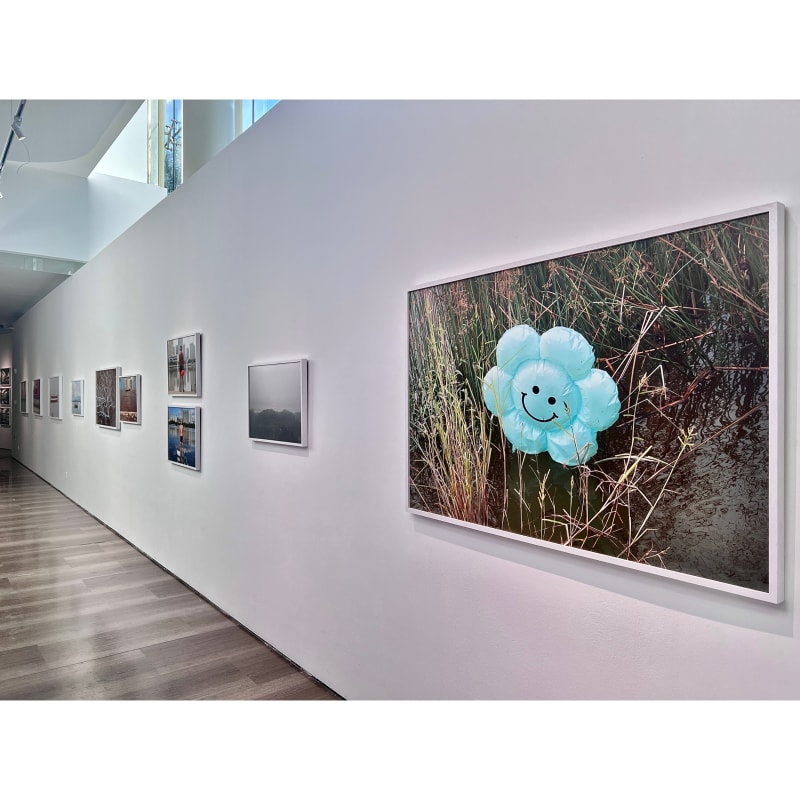
-

-

-
 Portrait of Chen Wenqing
Portrait of Chen Wenqing -
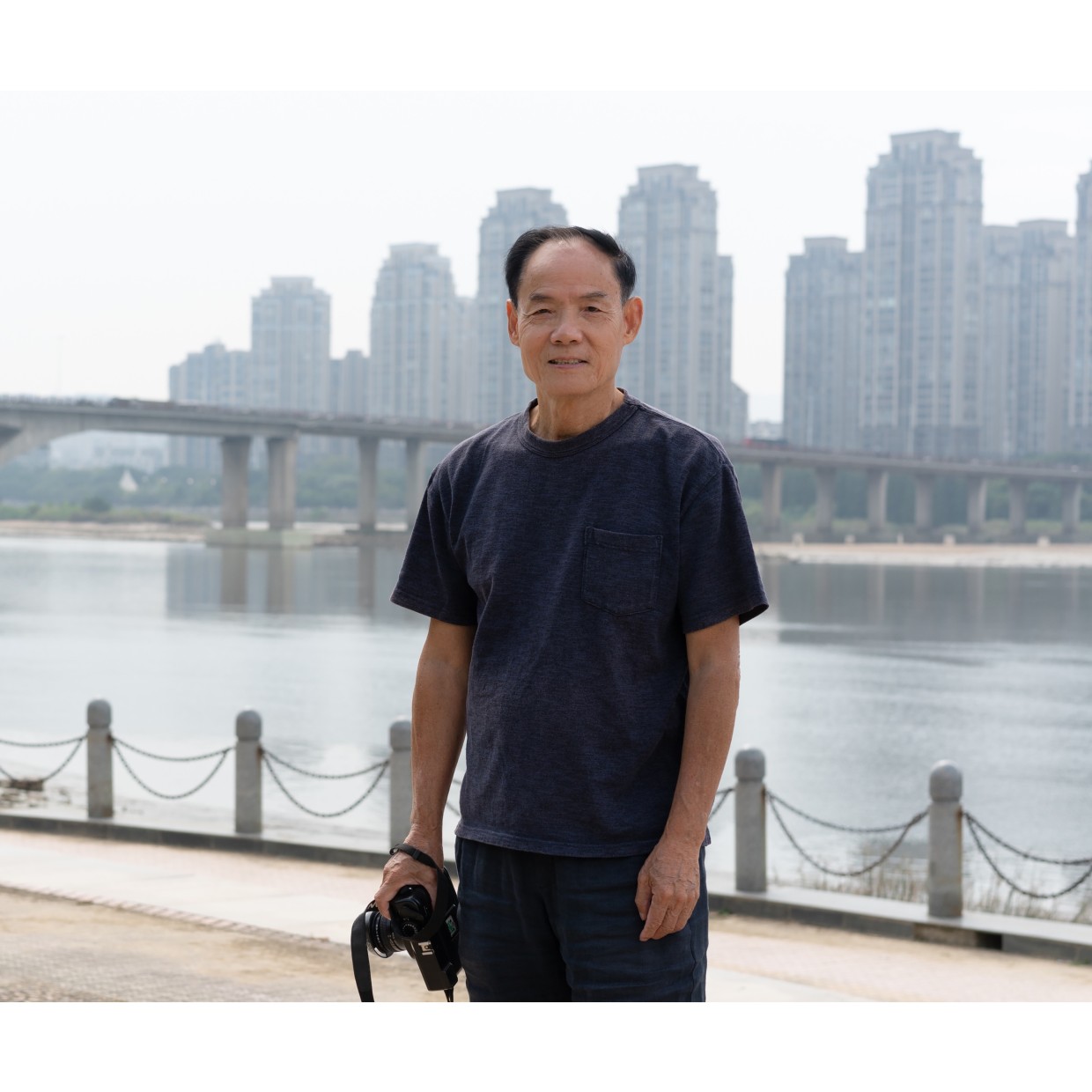
Portrait of Cheng Shida
-
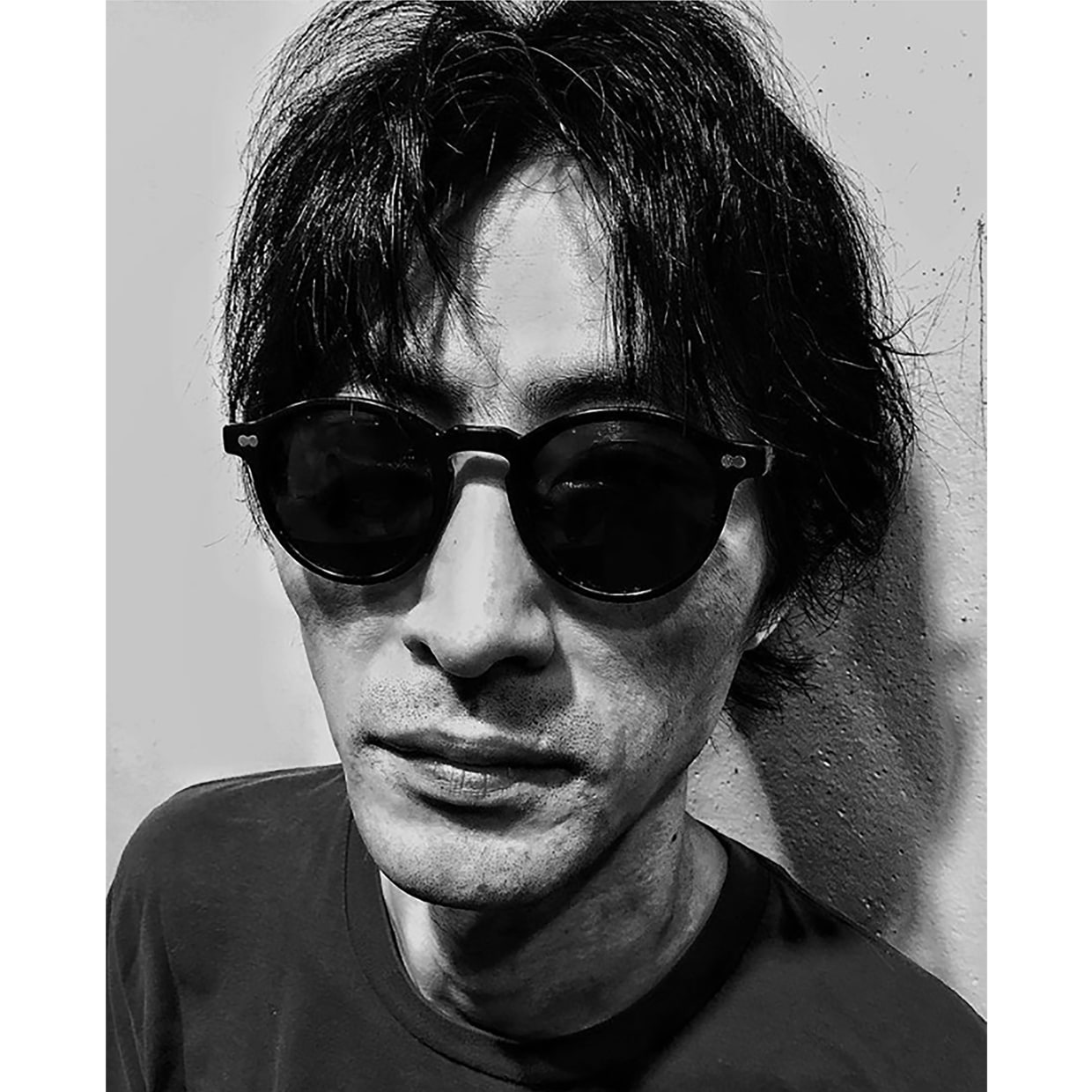 Portrait of Huang Yifan
Portrait of Huang Yifan -
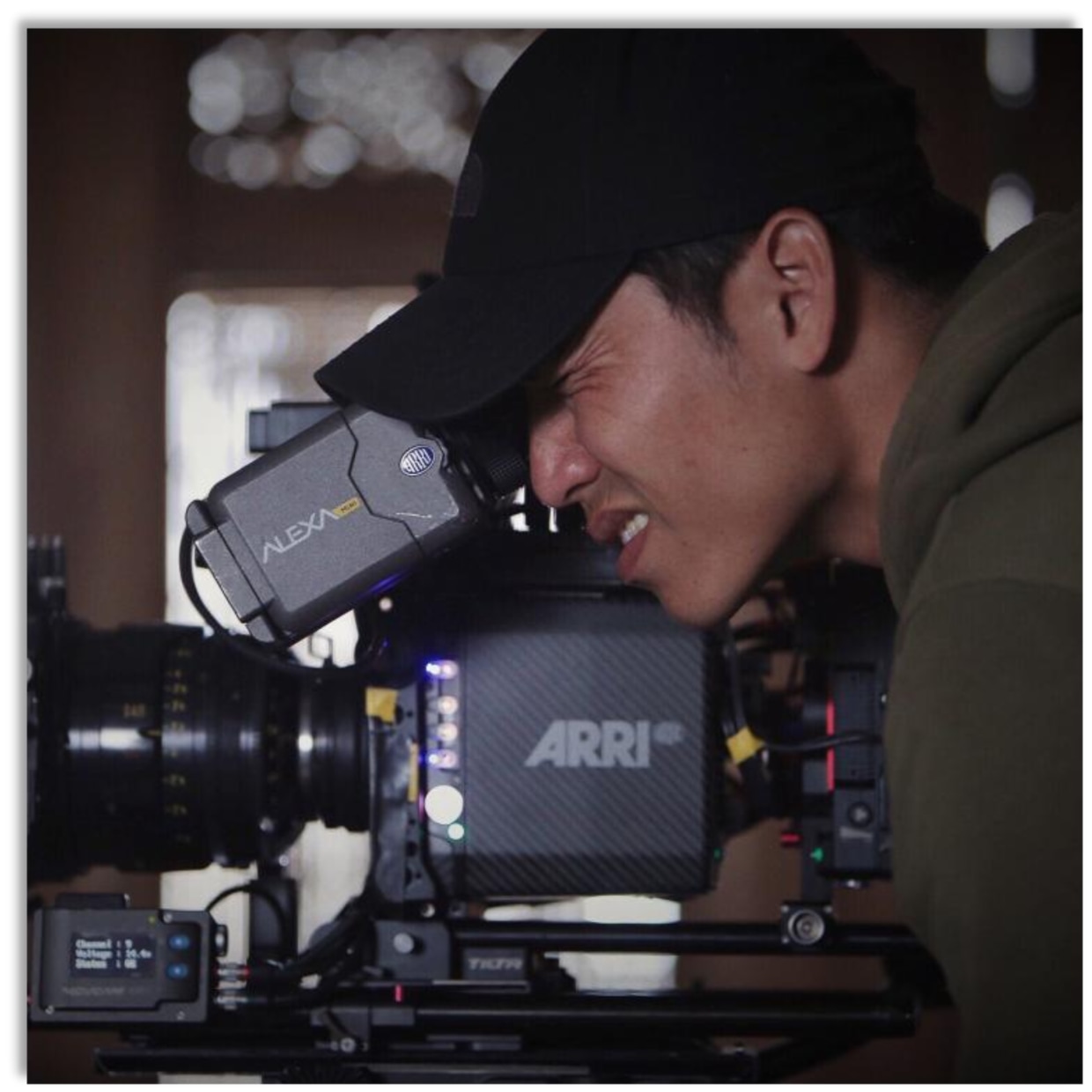 Portrait of Li Long
Portrait of Li Long -
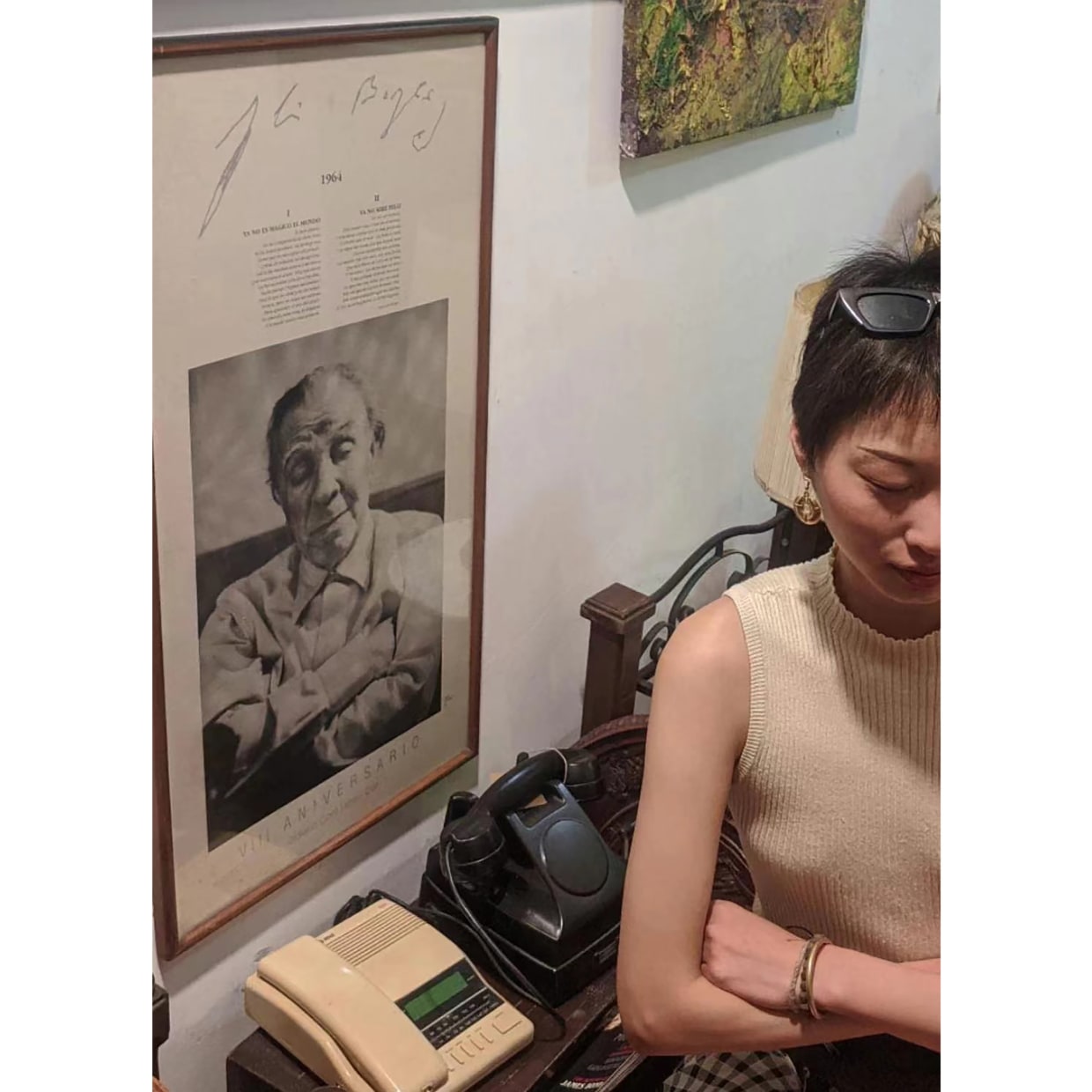 Portrait of Lili Jiacheng Xu
Portrait of Lili Jiacheng Xu -
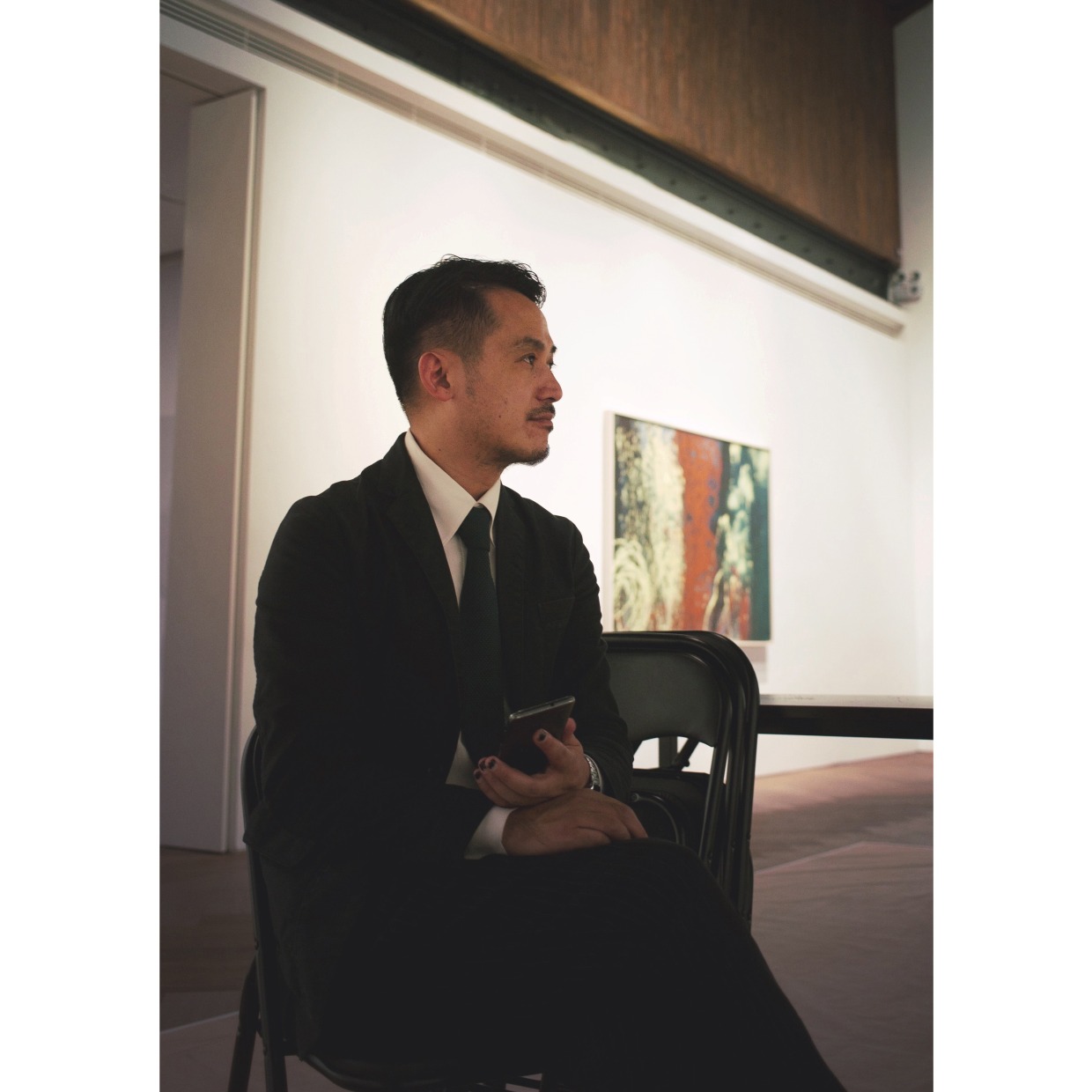
Portrait of Lin Linfeng
-
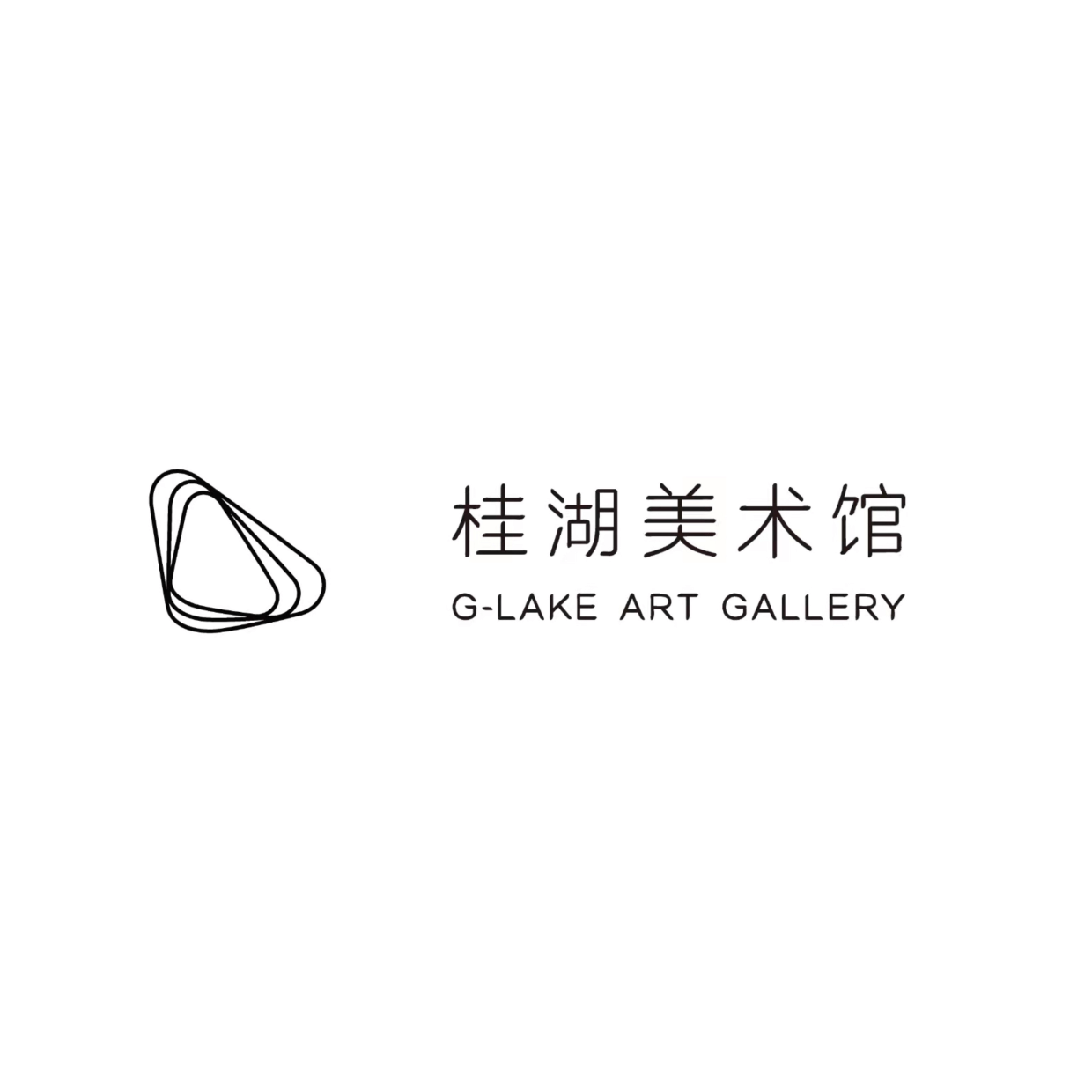
-
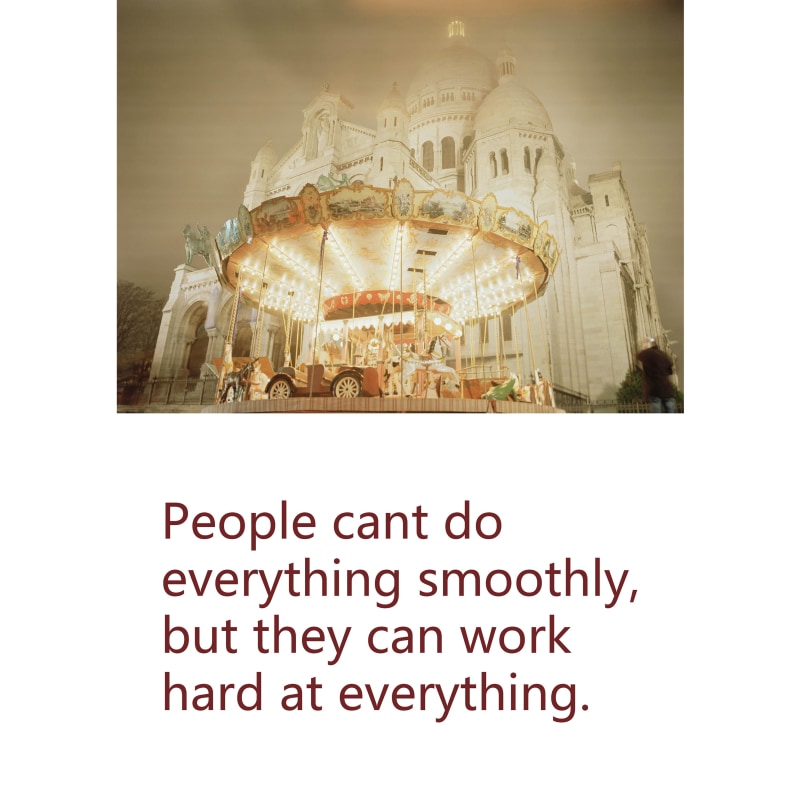 Chen Wenqing, “The Slow Ones Get Everything I”, 2022. Archival inkjet print, dimensions variable. Courtesy of the artist.
Chen Wenqing, “The Slow Ones Get Everything I”, 2022. Archival inkjet print, dimensions variable. Courtesy of the artist. -
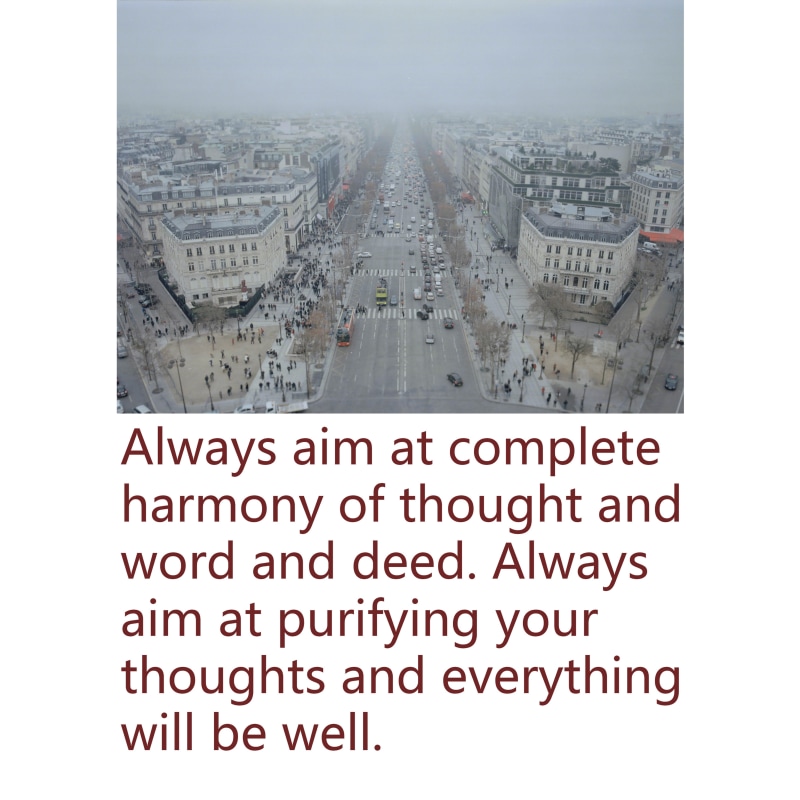
Chen Wenqing, “The Slow Ones Get Everything II”, 2022. Archival inkjet print. Courtesy of the artist.
-

Cheng Shida, “Follow the River I“, 2021. Archival inkjet print. Courtesy of the artist.
-
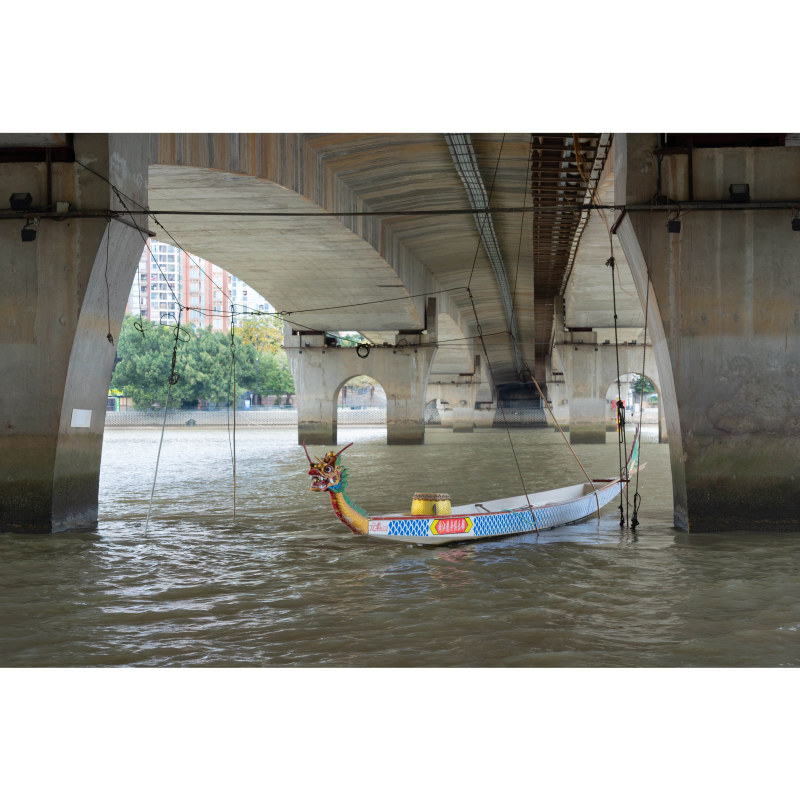
Cheng Shida, “Follow the River II”, 2021. Archival inkjet print. Courtesy of the artist.
-
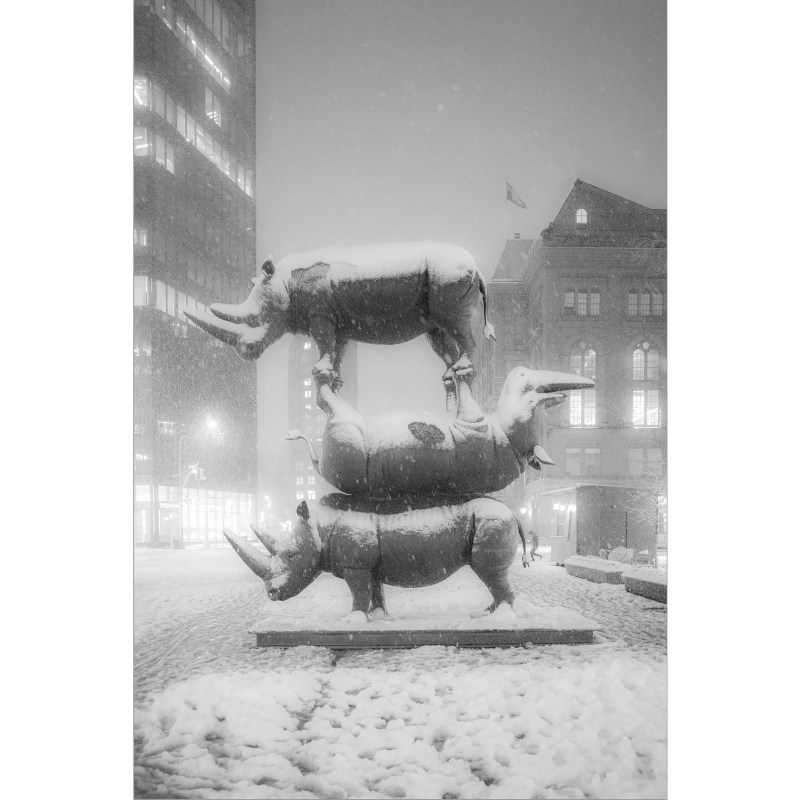
Huang Yifan, “The Last Three”, 2018. Giclee print, 80cm x 120cm. Courtesy of the artist.
-

Huang Yifan, “Alex”, 2019. Archival inkjet print. Courtesy of the artist.
-

Li Long, stills from “It’s Very Windy in Pingtan” series, 2021-now. Color documentary with sound, ranging from 5-15min. Courtesy of the artist.
-
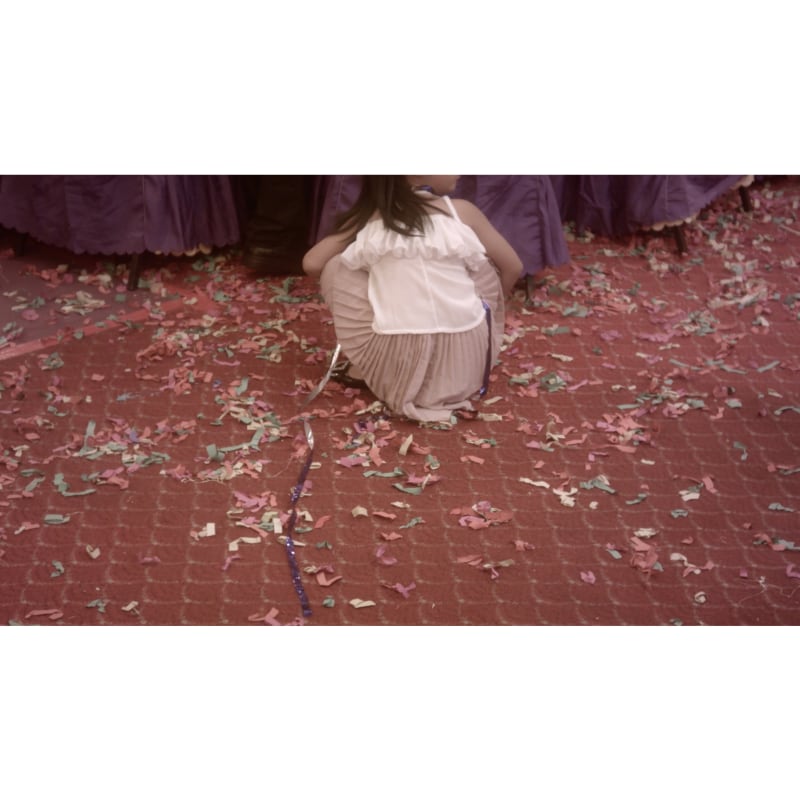
Lili Jiacheng Xu, still from “Yi”, 2016-2017. Video with sound, 35min 37sec. Courtesy of the artist.
-
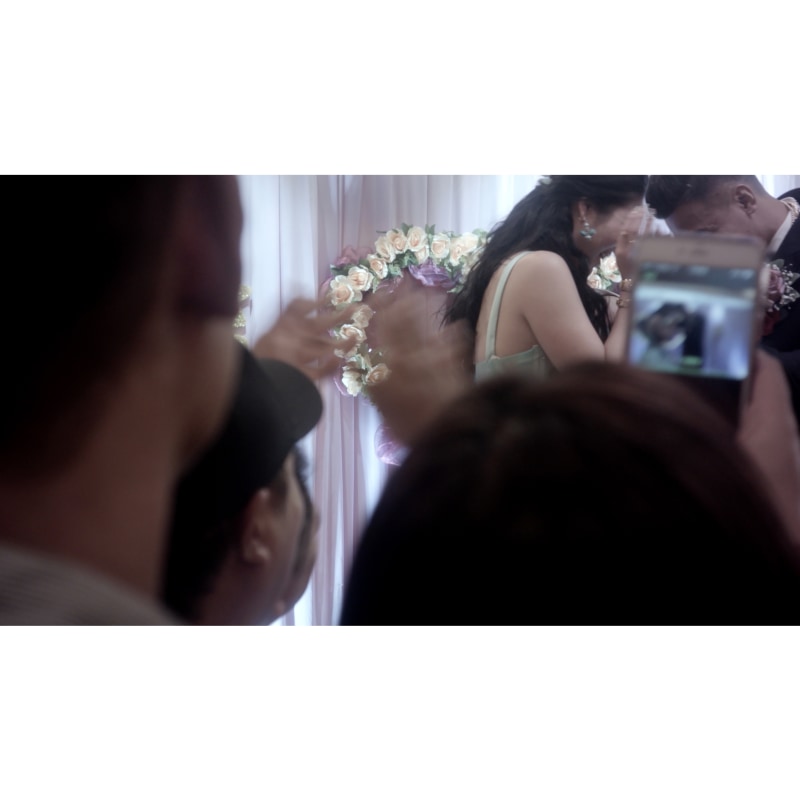
Lili Jiacheng Xu, still from “Yi”, 2016-2017. Video with sound, 35min 37sec. Courtesy of the artist.